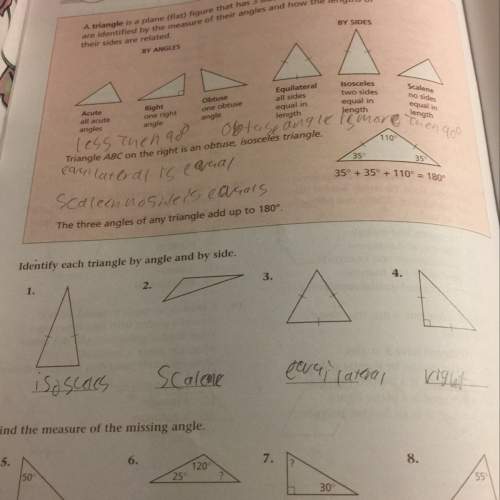
Mathematics, 04.07.2020 16:01 laraekeyes
A common inhabitant of human intestines is the bacterium Escherichia coli. A cell of this bacterium in a nutrient-broth medium divides into two cells every 20 minutes. The initial population of a culture is 58 cells. (a) Find the relative growth rate. (Assume t is measured in hours.) k = Correct: Your answer is correct. (b) Find an expression for the number of cells after t hours. P(t) = Correct: Your answer is correct. (c) Find the number of cells after 8 hours. 973078528 Correct: Your answer is correct. cells (d) Find the rate of growth after 8 hours. (Round your answer to three decimal places.) billion cells per hour (e) When will the population reach 20,000 cells? (Round your answer to two decimal places.) 2.81 Correct: Your answer is correct. hr

Answers: 1
Another question on Mathematics

Mathematics, 21.06.2019 15:20
Can (3,5 and square root 34) be sides on a right triangle?
Answers: 1


Mathematics, 21.06.2019 19:30
Geometry in the diagram, ∠abc is a right angle. ∠dbc = 30°27'40". find the measure of ∠abd.
Answers: 1

Mathematics, 21.06.2019 21:10
See attachment below and find the equivalent of tan(∠qsr)
Answers: 3
You know the right answer?
A common inhabitant of human intestines is the bacterium Escherichia coli. A cell of this bacterium...
Questions

Mathematics, 14.01.2021 21:20

Arts, 14.01.2021 21:20




English, 14.01.2021 21:20

Mathematics, 14.01.2021 21:20

Biology, 14.01.2021 21:20

Mathematics, 14.01.2021 21:20


Mathematics, 14.01.2021 21:20



Mathematics, 14.01.2021 21:20

History, 14.01.2021 21:20

Chemistry, 14.01.2021 21:20



Mathematics, 14.01.2021 21:20

Mathematics, 14.01.2021 21:20




